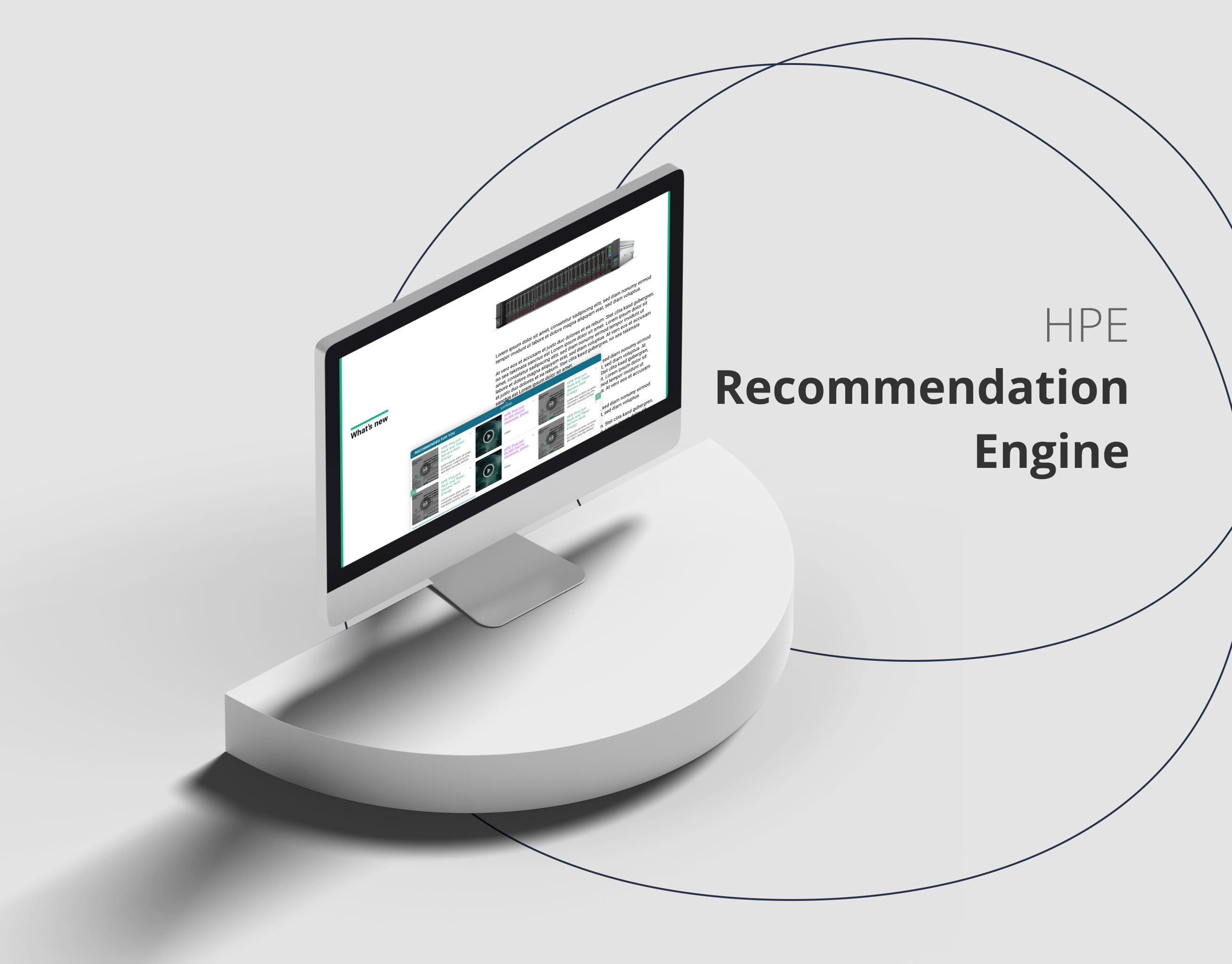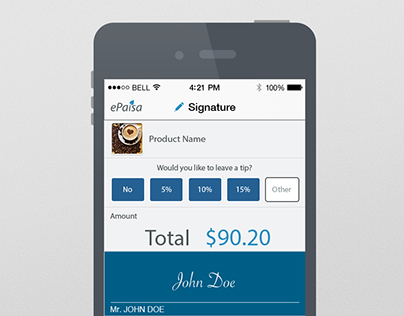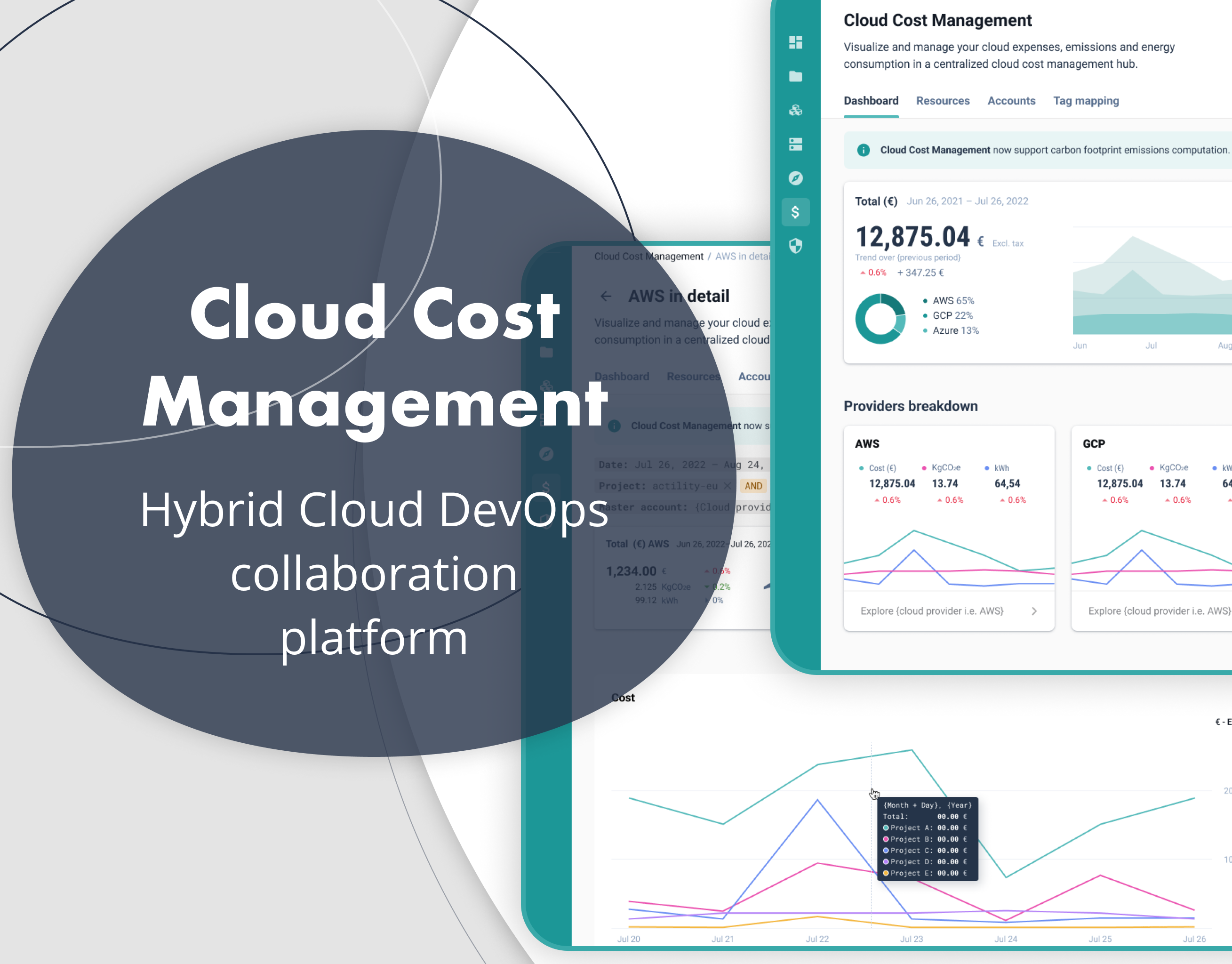Confidentiality Notice: In light of security considerations, the amount of project information provided has been restricted. My aim is to offer a brief yet informative overview of the problem, process and solution while ensuring the protection of sensitive data.
Mapfre
Conversational design
A prominent multinational insurance conglomerate, headquartered in Spain, boasts a formidable presence in more than 100 countries worldwide, cementing its status as one of the largest and most reputable insurance groups on a global scale. Its extensive reach extends across Europe, Latin America, and the United States, guaranteeing proximity and accessibility wherever clients may be.
Problem
The project emerged during the peak of the COVID-19 pandemic, a time when insurance agents faced immense challenges in physically visiting companies seeking to insure their properties. During this period, user experience relied heavily on paper-based processes, whether for clients or agents. Agents were burdened with the task of making multiple on-site visits to assess premises, provide insurance recommendations, or capture photos.
This process proved to be highly inefficient, unsustainable, complex, and time-consuming for all parties involved. Additionally, during certain COVID-19 peaks, it became nearly impossible for agents to visit clients in person, further exacerbating the challenges.
Task
An extensive investigation was undertaken to comprehensively assess and enhance the existing process, with a primary focus on streamlining, optimizing, and enhancing user-friendliness. The overarching objective was to significantly diminish the necessity for insurance agents to physically visit client premises while simultaneously delivering greater flexibility and immediate access to insurance-related information, all while considering cost implications, benefits, and other pertinent factors.
During the discovery phase, I engaged in in-depth interviews with both insurance agents and insurees. Additionally, I collected qualitative data from customer service interactions to gain a comprehensive understanding of the entire experience and obtain a holistic overview of the entire cycle.
I dedicated substantial time to meticulously define the vision and strategy for the new insurance cycle, involving all essential stakeholders. This inclusive approach ensured that we captured every user need and identified all potential business opportunities.
Conversational Design Solution
At that time, guided by research findings, an innovative conversational design approach was introduced. This approach led to the development of a fully digitized solution that eliminated the need for physical visits to premises seeking insurance. Instead, Insurerees could effortlessly complete all necessary tasks by engaging with human-like requests or tasks to be completed sequentially.
My objective was to delegate tasks that could be seamlessly handled by smartphones, tablets, or existing solutions like Google Geolocation Services and Google AI for removing unintentionally captured individuals or vehicle registration plates when insured parties were instructed to capture photos of their premises. To optimize the utilization of existing data, I established a connection with cadastral data sources, enabling the automatic retrieval of valuable information such as surface size, local tenure regulations, or activity licences. Furthermore, the system offered access to information that is typically not readily available, affording users the flexibility to make necessary adjustments as required.
Results
The conventional paper-based, location-dependent system was transformed into a fully digitalized, user-centric solution that harnessed the power of existing machine learning and geolocation technologies. This transition ensured complete flexibility and freedom for insurees, regardless of their technical proficiency.
Instead of merely substituting traditional methods with digital forms, the approach adopted was a more human-centric conversational approach. It aimed to replicate the steps an agent would take when physically present on the premises, creating a more intuitive and engaging user experience.
From the very moment the product was launched, insurance agents were no longer required to make on-site visits, except for specific use cases. The insuree was equipped with all the necessary information, ensuring a seamless and efficient local insurance process.










